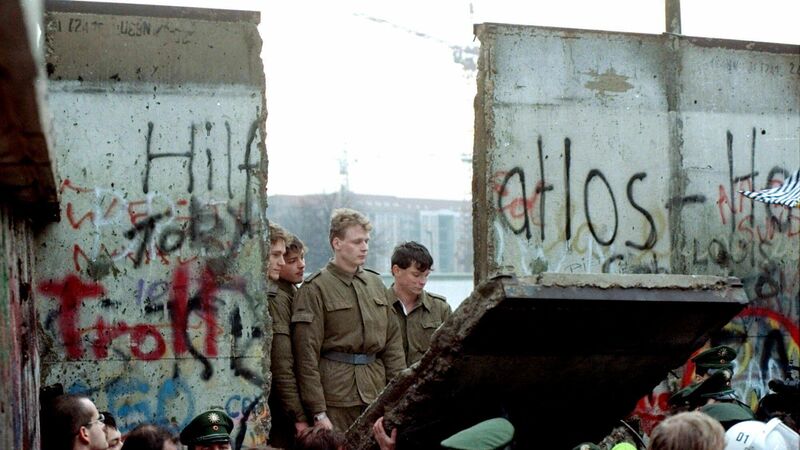Why German reunification is still a good idea

The fall of the Berlin wall has not sufficed to erase differences between East and West.
When asked about my opinion on German reunification, I usually respond that I think it is a good idea, and that we should do it. This is, of course, a joke, as Germany is now united with no official internal borders. However, 35 years after the fall of the Berlin Wall, the division between West and East Germany remains clearly visible, with the victory of the far-right Alternative for Germany (AfD) in the state of Thuringia in Sunday’s state parliamentary elections a case in point. A quick glance at economic and social statistics tells us these divergences show no sign of disappearing in the near future.
Today, compared to the East, West Germany has higher income levels, lower unemployment rates, more firms, fewer hours worked, more millionaires, higher car ownership, higher voter participation, less preference for extreme political parties, higher share of younger citizens, higher proportion of immigrants, higher number of religious affiliations, and more waste produced. These and other differences can be seen in the animated graphic above.
















